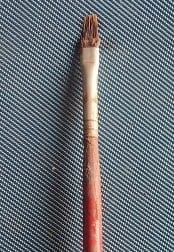I am an oil painter, meaning I only do oil painting. Linseed oil is a strong chemical and when you use a brush to dip in linseed oil and paint, what happens is that the brush loses its quality very soon and easily. So what I do is I prefer any brush that is available in the nearby hardware shop. It is very easy for me to purchase, it is very affordable and once the brush loses its stiffness and quality I do not mind throwing it away. So this is how I choose the brushes for oil
If you are new to oil painting, you might be interested in how to do an oil painting .
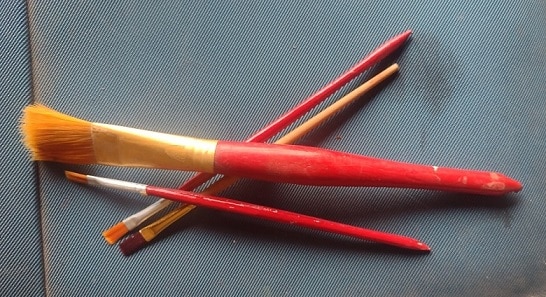
The kind of brush I use
I always prefer flat brushes. Flat brushes are too good to create shapes, define the shape further and stick to the shape. As the brush already has a definite shape itself and a strong corner it is easy to paint with, create shapes and convenient to paint intricate areas such as eyes, lips, nostril and other areas.
If you are new to oil painting, you might be interested in how to prepare canvas for oil painting ?
My criteria to choose a brushes for oil painting
Long handle | Brushes for oil painting
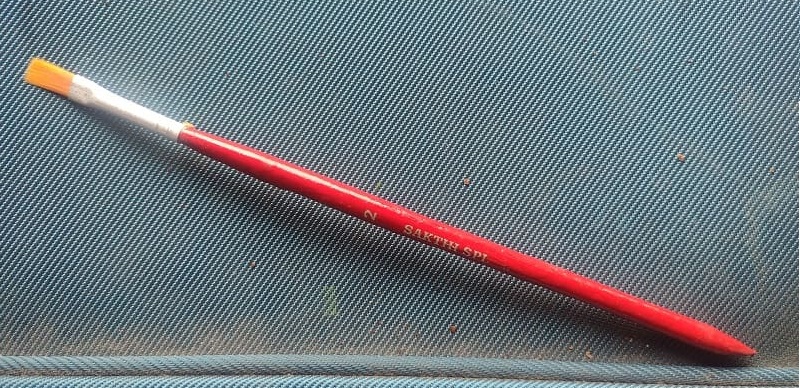
I want my brush to have long handles so I can have good control over it while I paint. When I do intricate details I hold my brush close to the bristles like 1 or 1 ½ inches away from the bristle. When I am creating an outline of a painting, while sketching the outline I hold my brush in the middle. When I am doing a serious painting, like creating values inside a certain frame I hold my brush close to the bristles.
Wide bristles | Brushes for oil painting
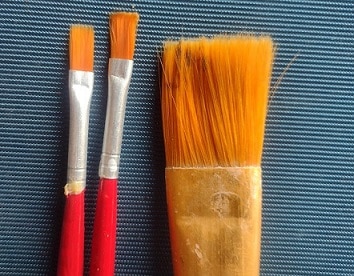
I like a brush with wide bristles, but it has to be flat. I use a variety of sizes. Each size helps me cover a certain amount of area and certain subjects. For example I use bigger brushes of sizes ranging from 8-12 and the size differs according to the subject.
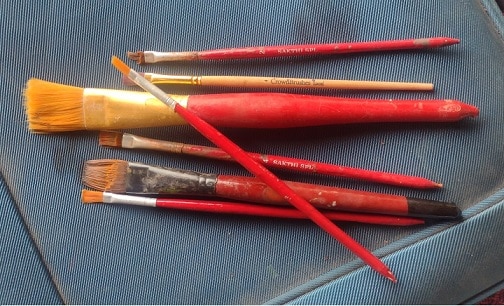
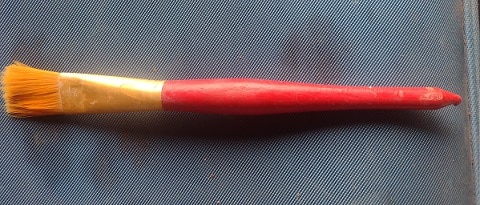
To cover intricate areas such as eyes, lips and nose I use small sized brushes. Actually I trim my brushes to suit the size and complexity.
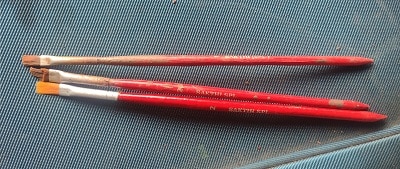
To cover the background and if it is a first cover, I would use big sized brushes. Once when the first cover is over I use mid-sized brushes to create the subjects and small sized brushes to finish the subjects.
How do I trim the brushes to suit my usage
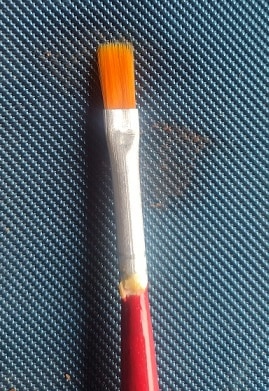
This is how the brush would look when I purchase. What I do is I trim the first thin layer of the brush on both the sides of the brush. Then it becomes really good for the usage.

Now the brush is both wide and thin thickness wise. This is the kind of brush and size I would prefer. Now what I can do is I can take a lump of the mixture that is there on the palette and apply it on my canvas wherever I want. This is not possible with the brush that is thick in nature. With this kind of thin but wide brush the mixing of paints and application of the mixture becomes easy.
If you are new to oil painting, you might be interested in how to create a realistic oil painting ?
After optimal usage of the brushes | Brushes for oil painting
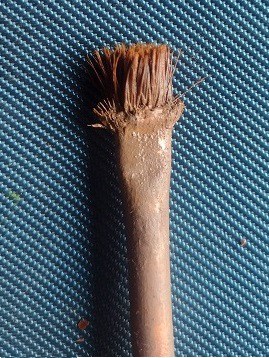
Since the brushes for oil painting are dipped in linseed oil and kept immersed in kerosene to keep it clean, there is severe chemical reaction on the brush. The bristles of the brush get damaged within a span of 3 months. As a result of excessive suffering on the brush due to chemicals, the bristles become all scattered and it does not fit within a structure of the brush itself.
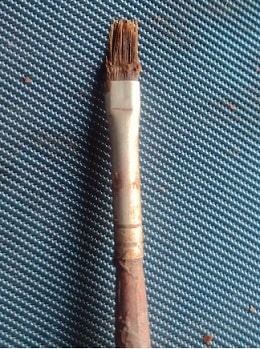
In such cases, I will trim the brush further. This will be my last trimming. I will remove the bristles that does not confine within the shape of the brush and then use it for the last time. Like I will use it until the bristles stay within the shape of the brush. One more time if the bristles scatter due to excessive chemical suffering, and the bristles become scattered, I will throw the brush away. It cannot be trimmed further. There will be heavy loss on the thickness of the brush. So it is better to throw it away.
How do I trim the brushes for oil painting to suit the painting of intricate subjects like eyes, nose, ears, lips, fingers and so on

I take the smallest sized brush, and then I trim the first layer on both the sides of the brush. I will not stop there, I will not only reduce the thickness of the brush, also I will minimise the width of the brush. The brush should be flat, but not very wide or very thick. So this is how I like my brush to be when I paint intricate details in complex subjects such as features of the eyes or fingers or toes or so on.
